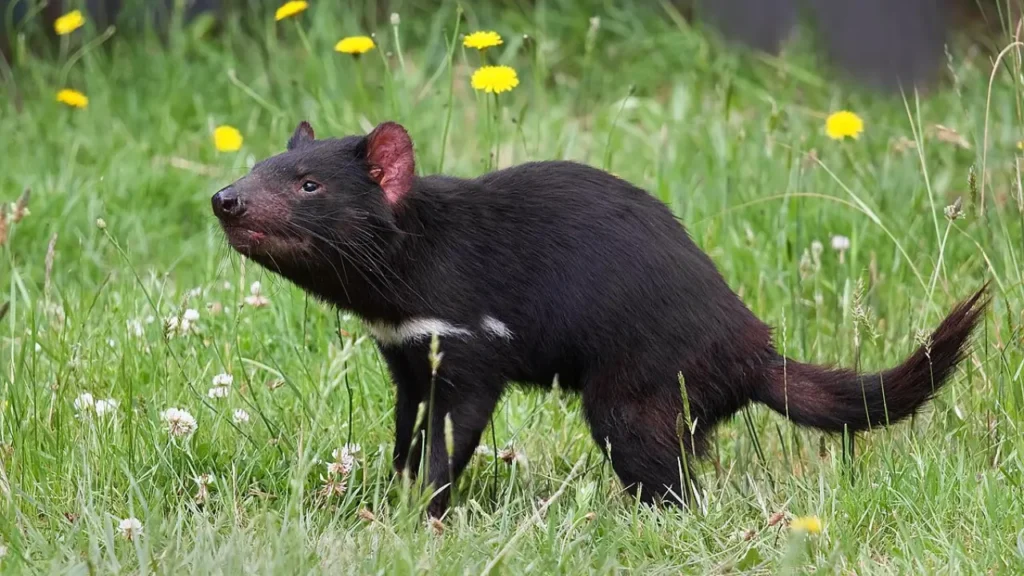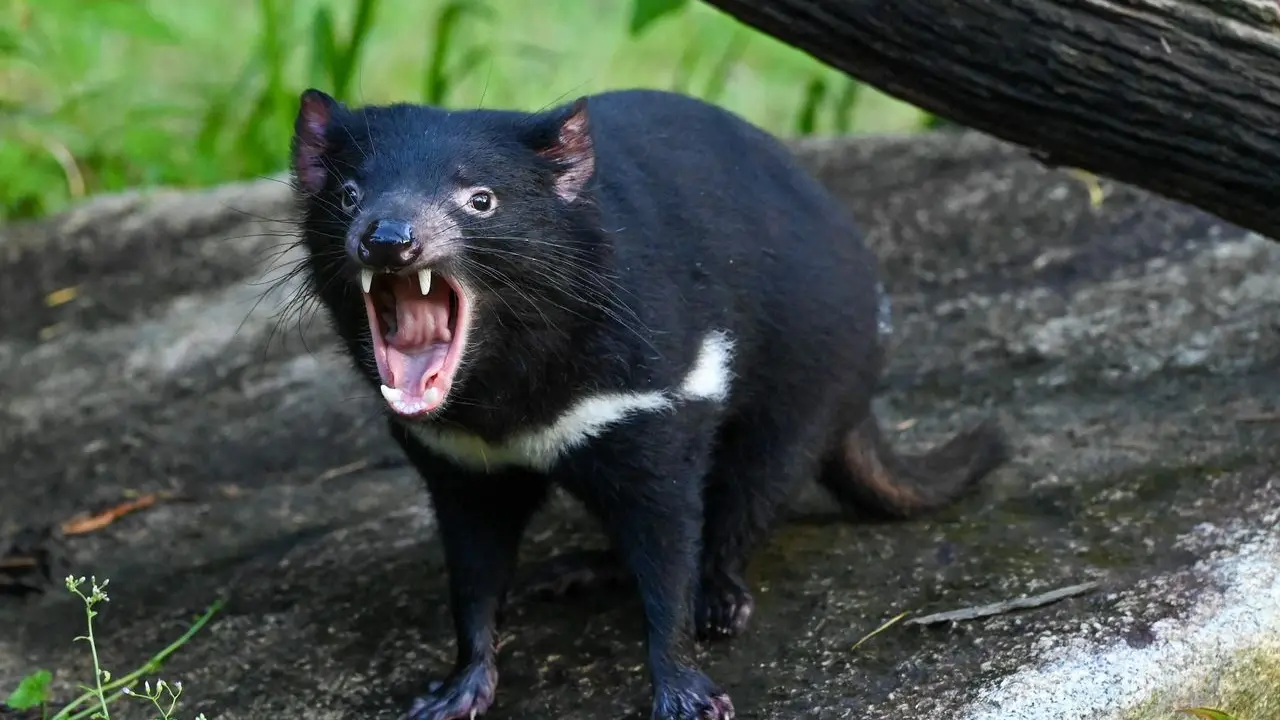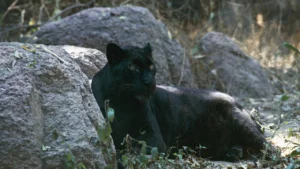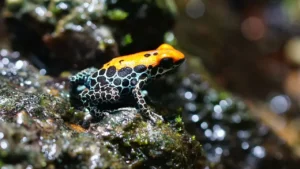Table of Contents
Introduction
In the vast and diverse world of wildlife, few creatures captivate the imagination quite like the Tasmanian devil. With its fearsome reputation and distinctive appearance, this iconic marsupial has long been shrouded in mystery and intrigue. In this comprehensive guide, we’ll embark on a journey to uncover the fascinating facts and lesser-known aspects of the Tasmanian devil, shedding light on its behavior, biology, conservation status, and more. Whether you’re a seasoned wildlife enthusiast or simply curious about this enigmatic creature, prepare to be amazed by the wonders of the Tasmanian devil.
Evolution and Taxonomy
The Tasmanian devil (Sarcophilus harrisii) belongs to the family Dasyuridae, which includes a diverse group of carnivorous marsupials native to Australia and New Guinea. Despite its name, the Tasmanian devil is not actually a true devil; rather, its moniker is thought to have been inspired by its menacing vocalizations and fierce demeanor. The species is believed to have diverged from other marsupials around 10 to 15 million years ago, making it a living relic of Australia’s ancient past.
Physical Characteristics
The Tasmanian devil is a medium-sized marsupial with a stocky build and a distinctive black fur coat. It has a large head, powerful jaws, and a strong bite force relative to its size, earning it a reputation as one of the world’s most formidable carnivores. Adult Tasmanian devils typically weigh between 6 to 12 kilograms (13 to 26 pounds) and measure around 60 to 80 centimeters (24 to 31 inches) in length, excluding the tail. Despite their fearsome appearance, Tasmanian devils are surprisingly agile and can reach speeds of up to 24 kilometers per hour (15 miles per hour) when chasing prey.
Habitat and Range (Tasmanian Devil)

Historically, Tasmanian devils were widespread throughout Australia, occupying a range of habitats ranging from dry eucalypt forests to coastal scrublands. However, following the arrival of European settlers and the introduction of invasive species such as foxes and cats, the devil’s range has significantly contracted. Today, Tasmanian devils are found exclusively on the island state of Tasmania, where they inhabit a variety of ecosystems, including forests, grasslands, and scrublands.
Behavior and Diet
Tasmanian devils are primarily solitary and nocturnal animals, preferring to forage and hunt under the cover of darkness. Despite their solitary nature, they are not territorial and may occasionally interact with other devils at feeding sites or mating grounds. Tasmanian devils are opportunistic feeders with a varied diet that includes small mammals, birds, reptiles, insects, carrion, and fruit. They are known for their scavenging behavior and powerful jaws, which allow them to crush bones and consume virtually every part of their prey, including fur and feathers.
Reproduction and Life Cycle
Breeding in Tasmanian devils typically occurs between March and April, with females giving birth to litters of 20 to 30 tiny joeys after a gestation period of around 21 days. The joeys, each weighing less than a gram at birth, crawl into their mother’s pouch, where they continue to develop for the next three months. Once they are sufficiently developed, the joeys leave the pouch and ride on their mother’s back, where they remain until they are fully weaned at around six months of age. Tasmanian devils reach sexual maturity at around two years of age and have an average lifespan of five to eight years in the wild.
Threats and Conservation Status
Despite their resilience and adaptability, Tasmanian devils face a range of threats that have contributed to a significant decline in their population numbers. The most pressing threat is a contagious facial tumor disease known as Devil Facial Tumor Disease (DFTD), which has decimated devil populations since it was first discovered in the mid-1990s. DFTD is transmitted through biting and results in the growth of large tumors on the face and mouth, ultimately leading to starvation and death. Habitat loss, road accidents, and predation by introduced species also pose additional threats to the survival of Tasmanian devils.
Conservation Efforts
In response to the devastating impacts of DFTD, extensive conservation efforts have been undertaken to protect and restore Tasmanian devil populations. These efforts include captive breeding programs, disease management strategies, research into genetic resistance to Devil facial tumour disease, and the establishment of disease-free insurance populations on offshore islands. Additionally, habitat conservation measures such as land protection and wildlife corridors aim to safeguard the remaining habitats of Tasmanian devils and other native wildlife.
Ecological Role
As apex predators, Tasmanians devil play a vital role in maintaining ecosystem balance and biodiversity. By controlling populations of smaller mammals and scavenging on carrion, they help regulate prey populations and nutrient cycling in their native habitats. Additionally, Tasmanians devil may act as seed dispersers for certain plant species by consuming fruits and excreting seeds in their droppings.
Conclusion
The Tasmanians devil remains a captivating symbol of Tasmania’s unique wildlife and natural heritage. From its fearsome appearance to its vital role in its ecosystem, this iconic marsupial continues to intrigue and inspire people around the world. While Tasmanian devils face significant challenges, ongoing conservation efforts offer hope for their survival. By raising awareness, supporting conservation initiatives, and advocating for the protection of their habitat, we can all play a role in ensuring that Tasmanian devils continue to roam the wilds of Tasmania for generations to come.







